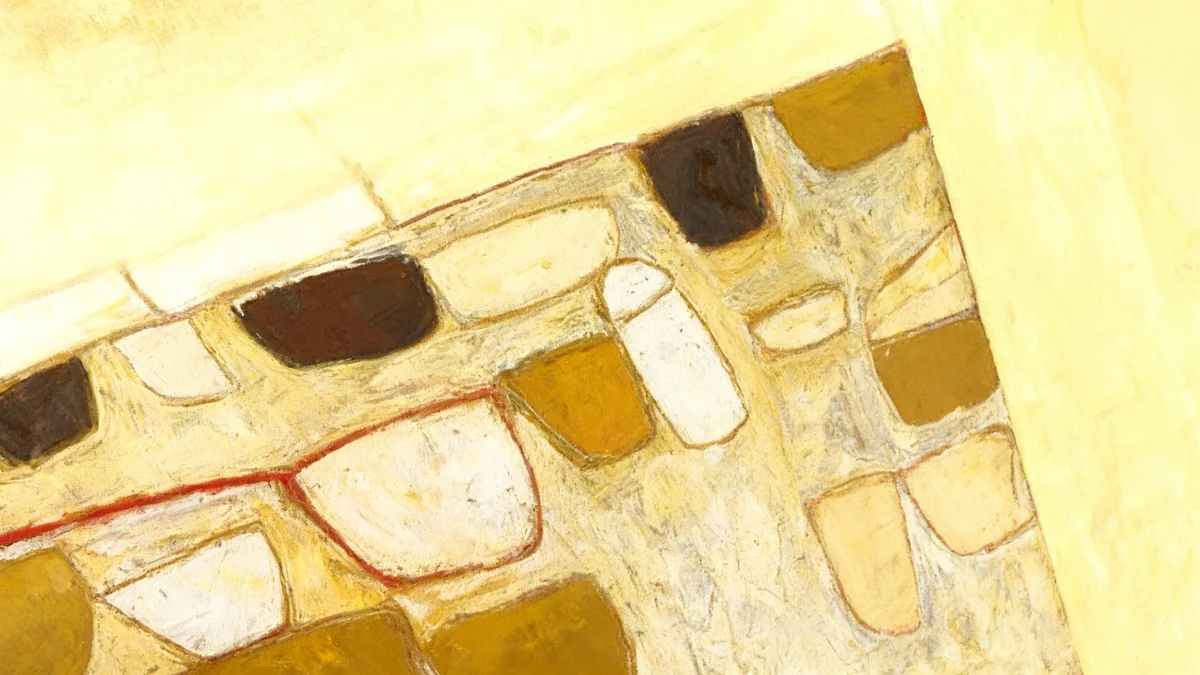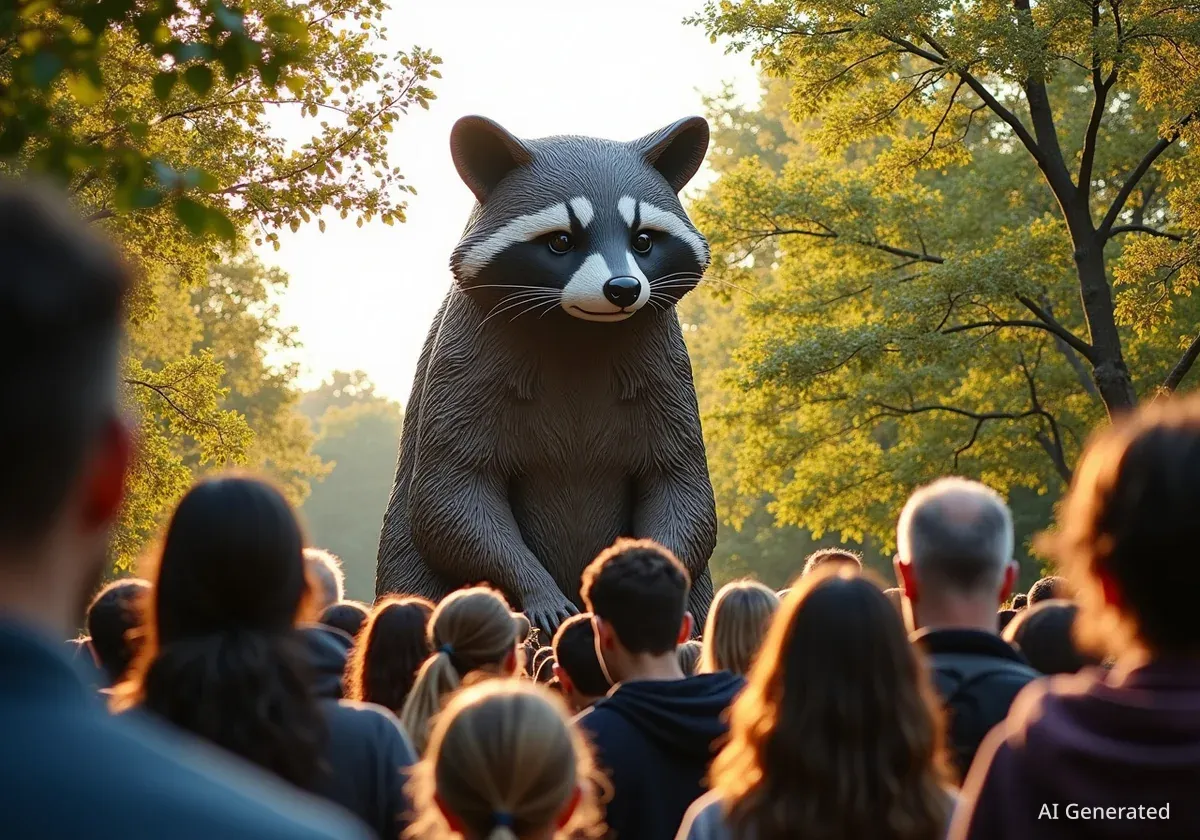A comprehensive exhibition of Martin Puryear's work, titled "Nexus," has opened at the Museum of Fine Arts in Boston. This survey spans the acclaimed sculptor's extensive career, showcasing nearly 30 sculptures alongside a selection of rarely seen prints and drawings. The exhibition highlights Puryear's distinct approach to form, material, and his profound engagement with both the natural and political worlds.
Key Takeaways
- "Martin Puryear: Nexus" is a full-career survey at the Museum of Fine Arts, Boston.
- The exhibition features almost 30 sculptures and numerous prints and drawings.
- Puryear's work explores contradictions: weight and lightness, abstraction and worldly references.
- He is known for his mastery of wood, learned from global artisans.
- The exhibition runs through February 8, 2026.
Exploring Contradictions in Form and Material
The exhibition immediately introduces viewers to Puryear's signature exploration of contradictions. One prominent piece, a set of white antlers approximately 12 feet wide, is mounted on an inverted wooden cross. While it evokes the extinct Irish elk, known for its heavy antlers, Puryear's version is cast from lightweight aluminum and painted white, giving it an ethereal quality.
This interplay between seemingly heavy forms and actual lightness is a recurring theme. His sculptures frequently shift between pure abstraction and clear references to nature, culture, politics, and art history. This ability to maintain tension between disparate elements has established Puryear as a leading sculptor of his generation.
Fact: Puryear's Diverse Materials
While known for wood, Puryear has worked with cast iron, rawhide, bronze, marble, glass, brick, stone, and thatch throughout his career, demonstrating a broad material mastery.
A Lifelong Negotiation with Wood
Puryear's deep connection to wood is central to his artistic identity. He has spent decades understanding its properties, learning how it responds to temperature, humidity, and cutting techniques. This knowledge was cultivated through diverse experiences, including working with village artisans in Sierra Leone during his Peace Corps service in the 1960s.
Further insights came from a master furniture maker in Sweden, where Puryear pursued a master's degree in printmaking. His lifelong study of French, Japanese, Korean, Scandinavian, and West African artisan traditions is evident in the elemental forms of his wooden sculptures.
"I think making art for art's sake tends to be my focus if you want to put it in the bluntest terms, but reality, including social reality, intrudes a lot because I am alive." – Martin Puryear
A striking example of his wood mastery is "Self" (1978). This sculpture appears as a smooth, solid black mass, resembling a river stone. A closer look reveals it is meticulously pieced together from strips of red cedar and mahogany, with seams so precise they are almost invisible. In contrast, "Alien Huddle" (1993-95) intentionally leaves the wood grain visible, creating a shimmering, bulbous orb through its cuts and joins.
The Significance of a Recurring Curve
A particular curve, seen in "Self," reappears throughout Puryear's body of work. When asked about this shape, the artist made a simple gesture, running his hand from the base of his neck to the swell of his skull. This suggests his view of sculpture as a bodily encounter, an interaction that includes his own physical experience. Many of the sculptures in "Nexus," including "Self" at 5 feet 9 inches tall, are human-scaled, inviting this personal engagement.
Context: Influences and Inspirations
Puryear's artistic journey includes a stint in the Peace Corps in Sierra Leone and studies in Sweden, exposing him to diverse artisan traditions that profoundly influenced his approach to materials and craftsmanship.
Shapes with Multiple Meanings
The recurring curve is adapted for various purposes. In "Bower" (1980), thin strips of spruce and pine are bent into a lattice frame, suggesting an enclosure. "Big Phrygian" (2010-14) features the curve breaking near the top, echoing the red cap associated with 18th-century Haitian and French revolutionaries. "Aso Oke" (2019), woven from rattan and twine and then cast in bronze, draws inspiration from a Yoruba ceremonial hat but also possesses an architectural quality.
Curators Emily Liebert and Reto Thüring have highlighted Puryear's deep interest in the natural world. This interest extends to ornithologist John James Audubon, whose possible biracial identity, suggested by art historian David C. Driskell, has influenced Black artists. Puryear also trained in falconry, an experience that informs birdlike shapes in works like "On the Tundra" (1986, bronze) and a pure white marble version from 2022.
This insight transforms the viewing experience, revealing avian forms throughout "Nexus." For instance, "Bask" (1976), a 12-foot-long, dark-stained curved wedge, might initially resemble a sunning seal or a capsized boat hull. However, with the avian lens, it takes on new meaning, echoing Brancusi's "Bird in Space" (1928).
Puryear's shapes constantly shift, much like a visual puzzle. What appears birdlike from one angle might transform into a woman's elaborately coifed head from a West African sculpture or a Matisse bust from another perspective.
Art Responding to Reality
Puryear has previously spoken about feeling somewhat detached from the minimalist and conceptual art movements of the 1970s and '80s. While many peers outsourced fabrication and embraced industrial forms, Puryear remained committed to the handmade, creating abstract objects sometimes misread as purely formal exercises in craft.
However, his work also directly engages with contemporary social and political realities. When he represented the United States at the 2019 Venice Biennale, during the first Trump administration, his sculptures overtly addressed what he perceived as a political crisis. "Hibernian Testosterone," the antler piece, was first shown there, its reference to the dangers of toxic masculinity being clear in that context.
Another significant work from that Biennale, "A Column for Sally Hemings," honored the enslaved woman who bore six of Thomas Jefferson's children. A smaller 2021 version is on display in Boston. This fluted marble column, reminiscent of Jeffersonian architecture, tapers upwards, suggesting a woman's skirt. Topped by a cast-iron spike with a ring and bolt, it creates a stark, almost violent contrast to the pristine marble.
The spike descends into a hole in the marble without touching it, a subtle gesture that acknowledges Hemings's reality while conferring a sense of autonomy she never experienced in life. Puryear's work consistently demonstrates that a deep dive into his forms, materials, and techniques reveals his profound engagement with the wider world.
- Exhibition Dates: Through February 8, 2026
- Location: Museum of Fine Arts, Boston, 465 Huntington Avenue
- Contact: 617-267-9300, www.mfa.org




